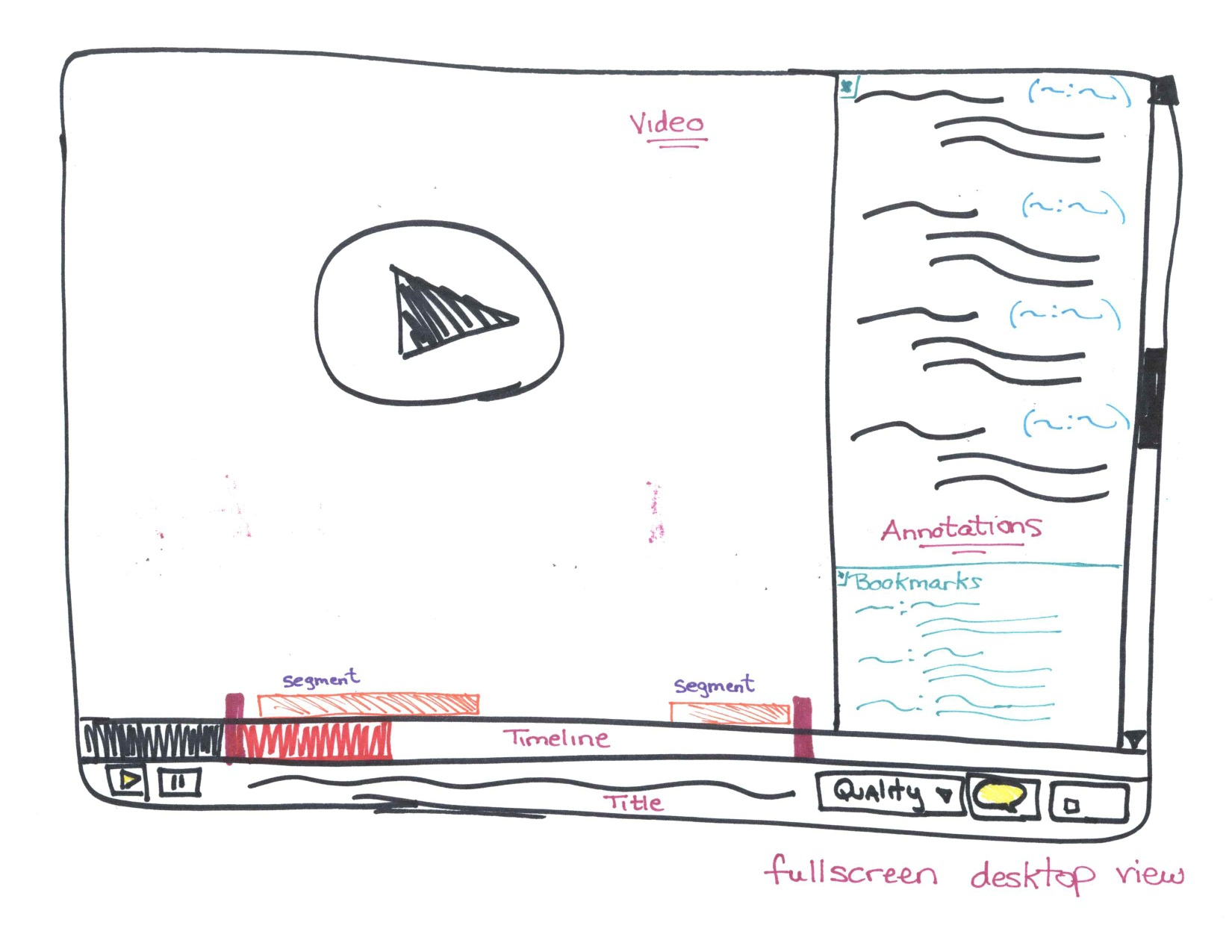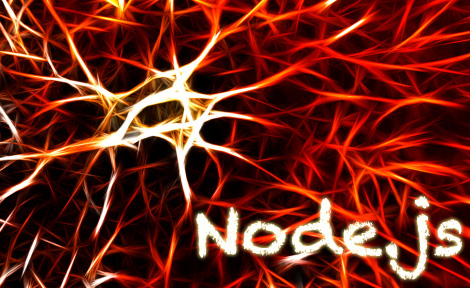The idea of using the phenomenon of parallax in mobile application design is in no way new. Like many other ideas, parallax was borrowed from the Web design realm, where initially it had been rather popular. Parallax enriches your design with an impressive illusion of depth and space. By now, due to certain encumbrances of Web application development, the fashion for parallax in website design has somewhat subsided. The mobile applications world, however, is quite on the contrary. There the parallax is live and kicking and reluctant to retire. Moreover, it has even become a default home screen in the new iOS 7.
In this post, we are going to tell you of our new DVParallaxView component and show you how to enhance your applications with the parallax effect similar or probably even better than the iOS 7 home screen. Continue reading









